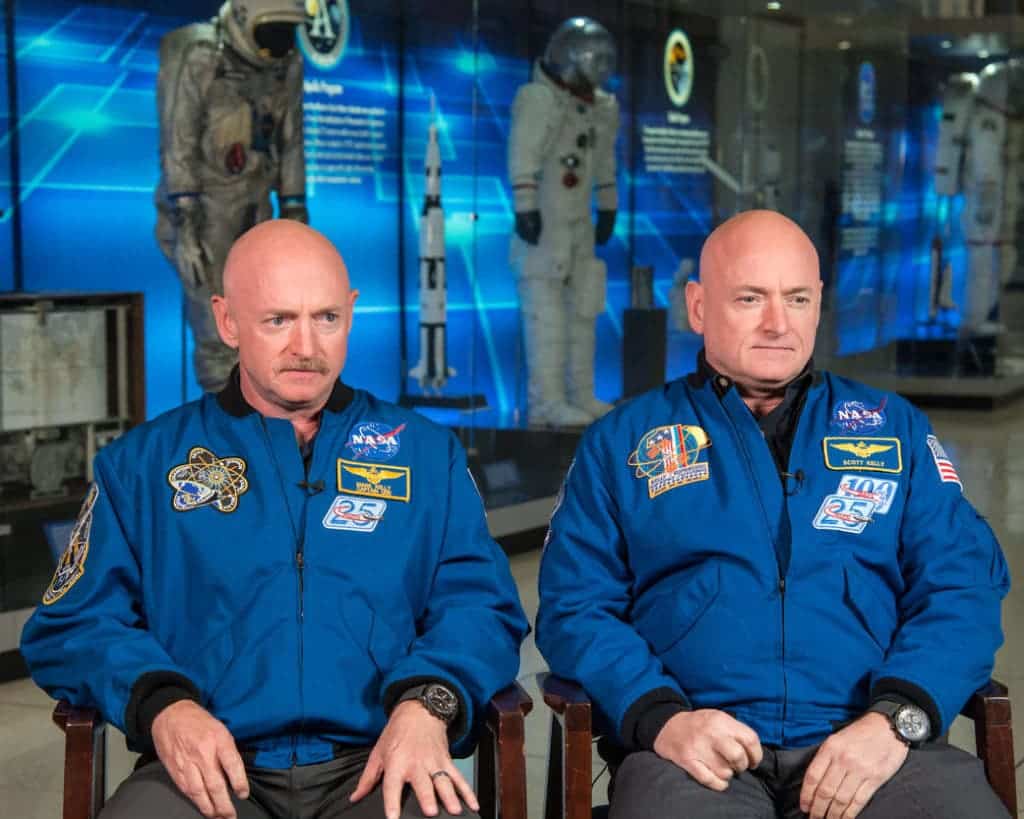The first results are in from the NASA Twins Study, and they’re pretty worrying.

Scott Kelly and Mark Kelly are both retired astronauts, veterans of NASA’s space program. The Kelly twins are the only identical twin astronauts in history, representing a unique opportunity to study the effects of spaceflight on the human body.
In November 2012, Scott was selected, along with Mikhail Korniyenko, for the so-called year-long mission (340 days in outer space), while Mark remained earthbound. It was the perfect opportunity for a comparative nature versus nurture study. Aside from Scott’s main mission, NASA wanted to see if any differences had emerged between the two. Thus, the Twins Study was born.
Several different research labs were given different missions regarding this analysis. Carrying out a thorough comparative study, especially when it comes to genetic profiling, is no easy feat. Science takes time, but after two years of research we finally have the first results, and they’re quite interesting.
Most of the changes were temporary. For instance, the telomeres on Scott’s chromosome had lengthened on his mission, but they shortened right back up in just 48 hours after he landed.
[panel style=”panel-success” title=”Telomeres” footer=””]
Telomeres are regions of repetitive molecules at the end of a chromosome, which protects the end of the chromosome from deterioration or from fusion with neighboring chromosomes. Think of them as the fringes at the end of a rug — and the rug are your chromosomes.
The telomeres themselves are protected by a complex of proteins, as well as by the RNA that telomeric DNA encodes. However, during chromosome replication, the enzymes that duplicate DNA cannot continue their duplication all the way to the end of a chromosome, so in each duplication, the end of the chromosome is shortened.
Essentially, each repetition creates an imperfect copy of itself and, in time, the telomeres tend to become shorter and shorter as we age. They are replenished by an enzyme, telomerase reverse transcriptase.[/panel]
It’s not clear why Scott’s telomeres became longer in space, but it might be due to the very intensive physical regime he had to undertake, as well as the highly controlled diet he was subjected to. But this wasn’t the only difference.
The analysis found a spike in a group of cytokines in Scott’s blood just after his return to Earth that remained elevated for six months, signaling a minor inflammation. Scott’s gastrointestinal bacterial flora was also significantly different, and some helpful bacteria seemed to be absent.
However, the most intriguing (and concerning) aspect is that a full 7 percent of Scott’s genes still showed some sign after alteration six months after landing. It’s not clear exactly what caused these differences — additional results from the study are needed.
This enables us to better prepare for long-term space missions, but also raises significant question marks regarding the overall health of the people aboard these future missions.


